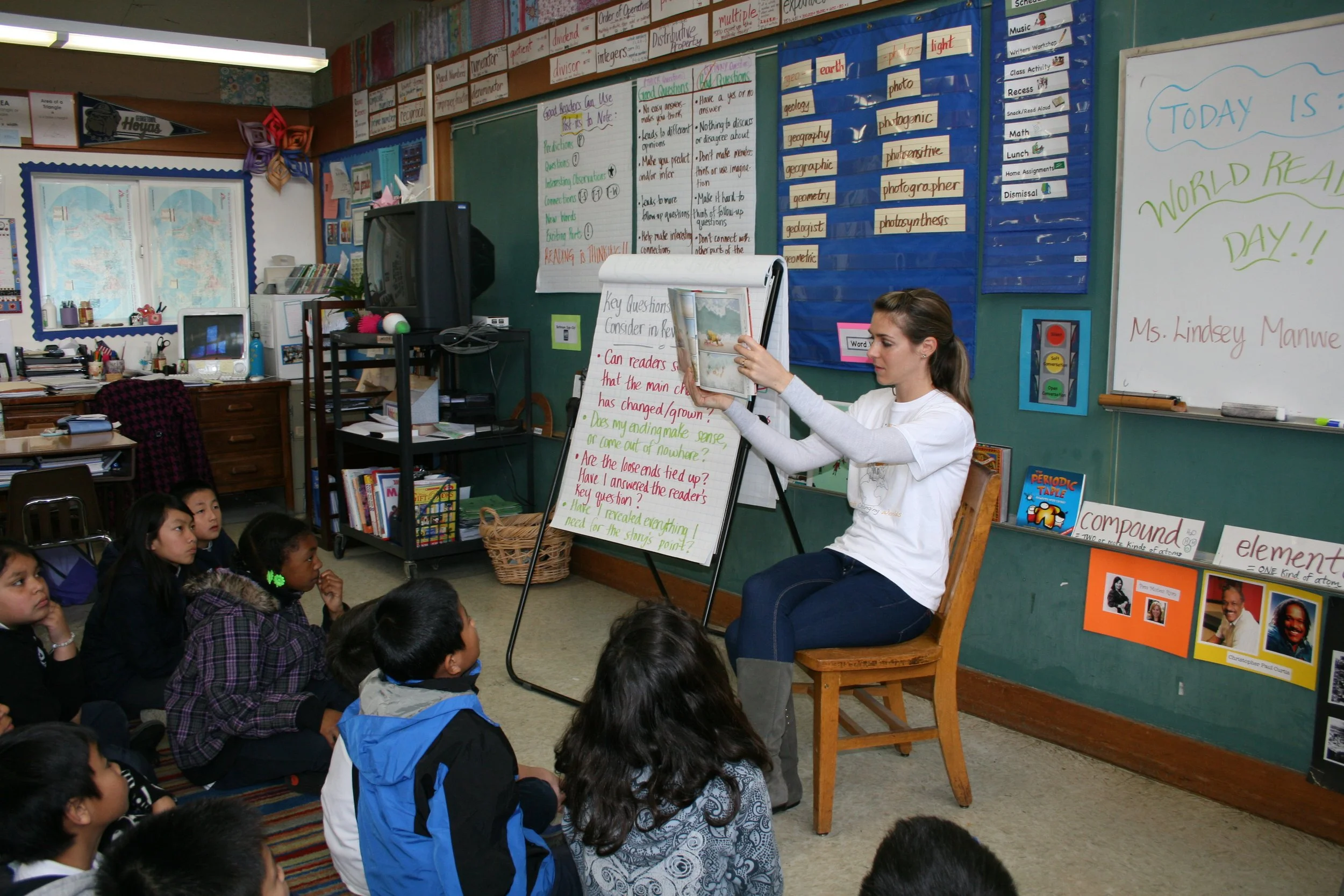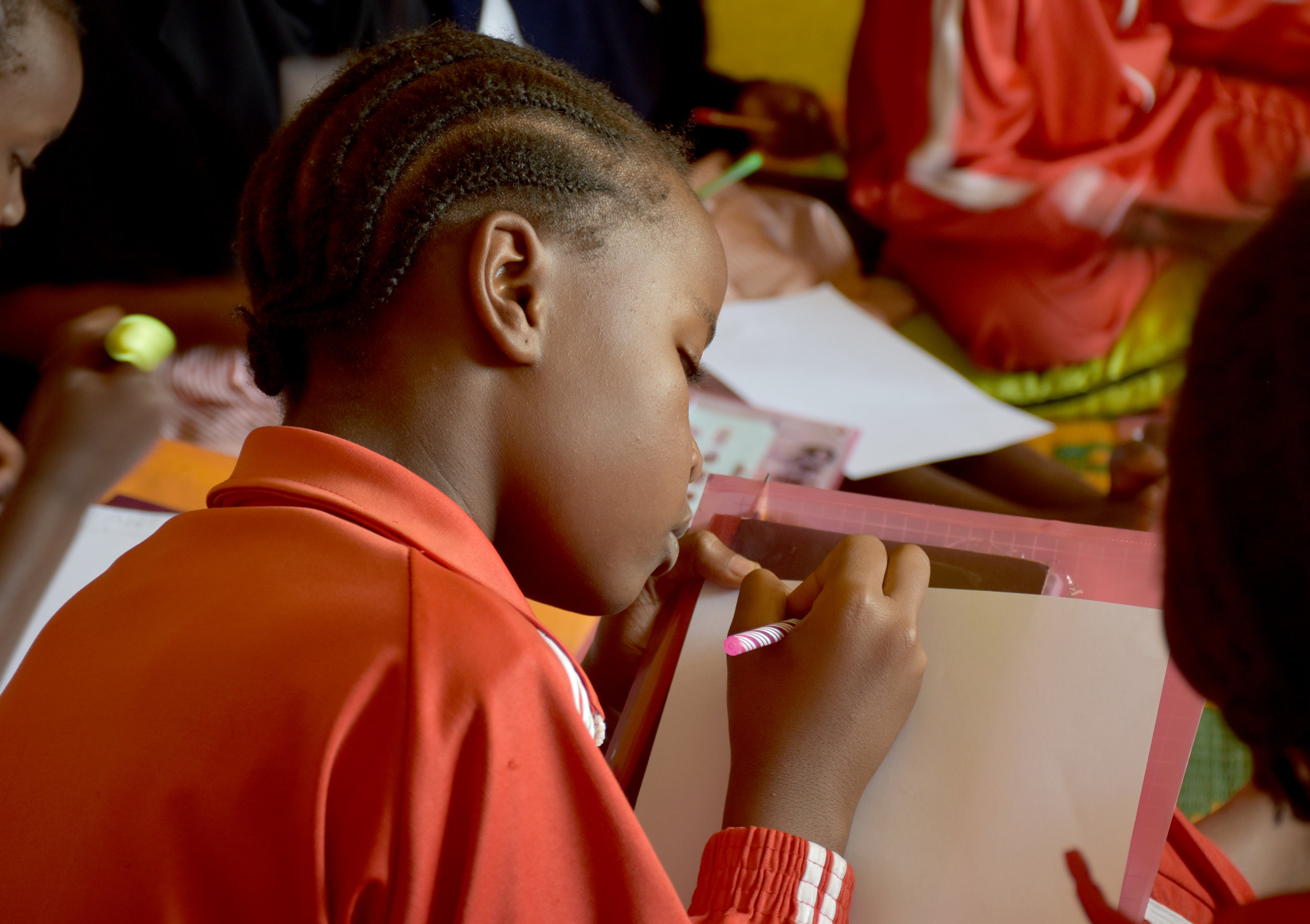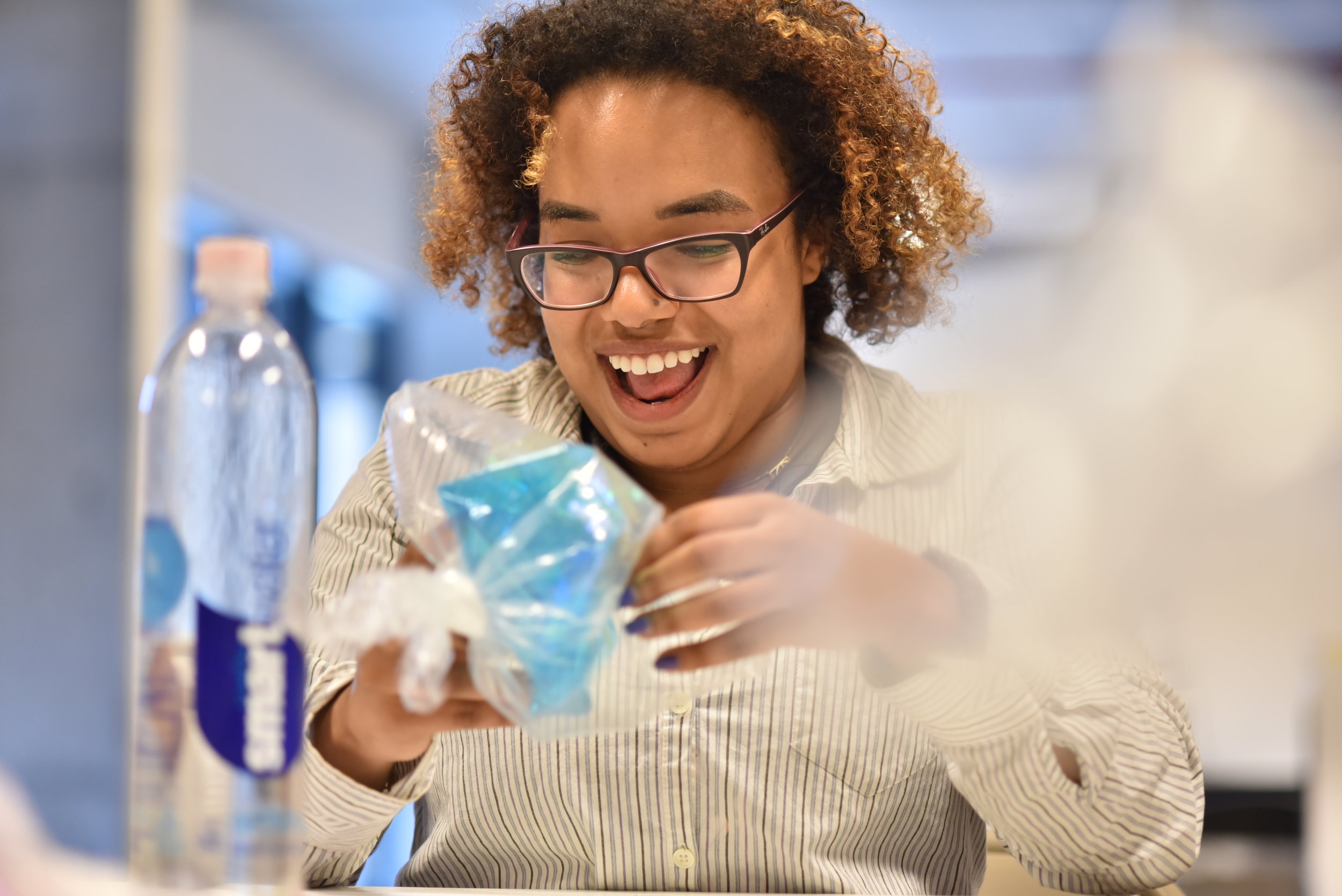This blog post is from our Communications Intern, Olivia Luntz, a rising Sophomore at Amherst College. Although she remains a major fan of the Magic Tree House books and attributes her current wisdom to late-night, under-the-covers reading of this series, the book which has most impacted her life to date is George Eliot’s Middlemarch. In this blog post, she will elaborate on how reading Middlemarch has altered her outlook on existing in college, her community, and our world. Her journey with Middlemarch serves both as an example of how much impact reading the right book at the right time can have, and as an embodiment of much of the work LitWorld does around the world. Additionally, Olivia will also identify, in her opinion, the 750 most important words of the 316,059 word novel.
In December of 1871, George Eliot (the pen name of Mary Anne Evans) published the first volume of what would become her most popular and well-known novel, Middlemarch. In September of 2017, on my first day of college, I listened as my professor read aloud the novel’s Prelude. In it Eliot waxes about the “blundering lives” of “later-born [Saint] Theresas”: women whose passion and beliefs could have altered history, but because of time or circumstance were unable to accomplish a “long-recognizable deed”. After that class, for the first few months of my college career, my increasingly worn copy of Middlemarch was my most constant companion. I could be spotted with my face hidden within its pages in every building on campus, and more often than I wished, while speed-walking to English class. The more time I spent with my face in-between the novel’s covers, the more I felt that it was looking back at me, into my head, picking apart the stereotypical anxieties and doubts of a freshly-minted college student. Although I had arrived at college relatively assured in myself and in my abilities, I was shocked upon getting to know my peers at what they had already accomplished, and what they were sure they would accomplish in the future. I felt as if I was a later-born Theresa, destined to live my life floundering because I had not found a great calling by the time I was eighteen. Thankfully, however, this is not the lesson that Middlemarch taught me; rather Middlemarch showed me that the value of a life is not defined by fame or one colossal achievement, but rather by the small acts of kindness and the effects of these acts on others.
Everyone deserves to have a moment in which reading a book feels akin to looking in a mirror. It is so easy to feel isolated in the world and in your experience, and what a comfort it is to discover that someone else has walked a similar path to yours, and that they have left a trail. It also serves as a great reminder to step out of yourself and see how similar your life is to others, rather than how different. This summer, I have been so lucky to be a part of the work LitWorld is doing to make it possible for kids everywhere to share their stories and hear the stories of others, including kids right here in New York City. My summer experience has not only given me a chance to help give kids access to their own literary experiences, but has also furthered my belief in the importance of small acts. Overcoming illiteracy or the barriers that prevent girls from receiving an education are imposing tasks, but this does not mean that we should not work towards them. Every step toward this goal is valuable as it is a step in the direction of a better world. Every time a child is given the opportunity to read, write, and create, that child’s world is transformed, and the world we all share is changed as well. Seeing the kind and wonderful people at LitWorld work every day toward bettering children’s lives has given me so much hope for the world these children will one day shape.
However, our world today is still one that is increasingly tumultuous, confusing and terrifying. Accordingly, I believe the lessons and philosophy within Middlemarch are more relevant than ever, however, I recognize that advocating for small acts and then encouraging you to read an 850-page book seems hypocritical. Therefore, I propose an easier reading assignment: the novel’s Prelude and the last two paragraphs of the Finale, three pages, 750 words total. I have chosen this excerpt from Middlemarch to share with you because it perfectly demonstrates the shift in belief that the novel’s unknown narrator and its protagonist, Dorothea, experience in who exactly it is that impacts our world. In the Prelude, the narrator portrays the lives of those “Theresas” who do not reach a world-altering accomplishment as pathetic and pitiful, “sob[bing] after an unattained goodness”. However, as the novel progresses this depiction is altered because of Dorothea, the novel’s own “Theresa”. At the start of the novel, Dorothea is an aspirational, but slightly naive, young woman, who strives to reform the cottages of the poor. She eventually marries the much older Reverend Edward Casaubon, with the goal of helping him finally complete his interminable research project. Unfortunately, the marriage ends up being a colossal failure, with Casaubon dying with his research unfinished, and Dorothea left directionless without a project that she thinks will contribute to the greater good. However, the novel’s Finale stresses that Dorothea’s eventual fate of remarrying for love and living as a wife and mother is not a failure because it will not be immortalized, but is rather just as important as the life of famous figures. In the last sentence of the novel the narrator states: “But the effect of [Dorothea] on those around her was incalculably diffusive: for the growing good of the world is partly dependent on unhistoric acts; and that things are not so ill with you and me as they might have been, is half owing to the number who lived faithfully a hidden life, and rest in unvisited tombs.”
This last line, taken in the context of the Prelude, has been the one that has most often come to my mind since finishing Middlemarch. After months of opening my phone to news of another unthinkable tragedy: school shootings, mothers torn away from their children at the border, natural disasters and war leaving families homeless; it can be easy to react to more bad news with anger and apathy. I have thought to myself many times that I am powerless against the seemingly unstoppable tide of hatred and ignorance flooding our world. But in times of hopelessness, I am reminded of Eliot’s belief in the “many Dorotheas”, people whose lives and accomplishments were not eternalized, but have still made our world a better one to live in. I have realized that I do not have to make history, but rather, the small positive acts I accomplish will multiply and spread, and mix with the acts of others. Like wildflowers that will grow and propagate over the course of a spring, we all only need to plant one seed to have a garden bloom. I think back to the time I spent my first semester, sitting in the library, half-heartedly attempting to write an essay, and how I felt that I was accomplishing nothing. I wish I had looked and seen how the world was changing all around me: there were people reading to children, or hiding Easter eggs filled with candy in the stacks for students to come across, or helping their friends solve a physics problem. I similarly wish I had been able to see myself: walking to town to pick up surprise Insomnia Cookies for my roommate, helping my classmates find books for their research projects, talking long into the night with an old friend, and see how in all of these small actions, I was making the world better. We have all have the opportunity to make our world a better one to live in, all we have to do is recognize the power we have. Make a conscious effort to help others, encourage those around you to do the same, and celebrate those who make your life an easier one to live.
Dorothea reminds me to follow this advice and strive to improve the lives of those around me. To remain hopeful and see the positives in trying circumstances. To revel in small victories, knowing that individual acts of kindness and compassion, taken together, change our world. As Dorothea said, “what do we live for, if it is not to make life less difficult to each other?” Coming to work at LitWorld and being greeted with new photos from our partners of children all over the world reading, learning, smiling, and laughing, never fails to fill my heart with joy and gratitude, as I realize that I am adding to the “growing good” of our world. The best and most memorable experiences I have had this summer have been when I had the opportunity to see the impact of LitWorld first-hand in the LitCamp held at PS 257 in Brooklyn. There I talked to children about stories they had written about friendship was amazed by both the touching and heartfelt stories the children told me about their sisters and cousins, but also the pride they had in what they had written. I listened to the LitCamp teachers about how they had seen their students' passion for reading, confidence, and curiosity blossom this summer, and I was in awe of the dedication I saw they had for their students and their success. When these children share their stories and when their teachers give them the confidence to do so, they are bettering the world, and by being there to listen, so am I. And if we all work with positive intentions and put our efforts toward improving the lives of others, we can all change the world.
What reading experiences have impacted your worldview? What books have taken you months to finish but were well worth it? I invite you to participate in my Middlemarch reading assignment here and write to LitWorld to share with us a reading assignment of your own creation!




























